The rainforests of the sea
Coral reefs are one of the most beautiful and diverse ecosystems on the planet. Often called ‘the rain forests of the seas’, there are thousands of different species of coral all over the world. Some live in warm tropical waters, whilst others live in the coldest, darkest depths of the ocean. No matter where you find them, they all host a variety of different living organisms. In fact, up to 25% of all the fish in the sea depend on them for a healthy life. Contrary to popular belief, the corals (that make up the reef) are, in fact, alive. They are closely related to animals like jellyfish and sea anemones, which are collectively known as ‘Cnidarians’.
Some of our coral species
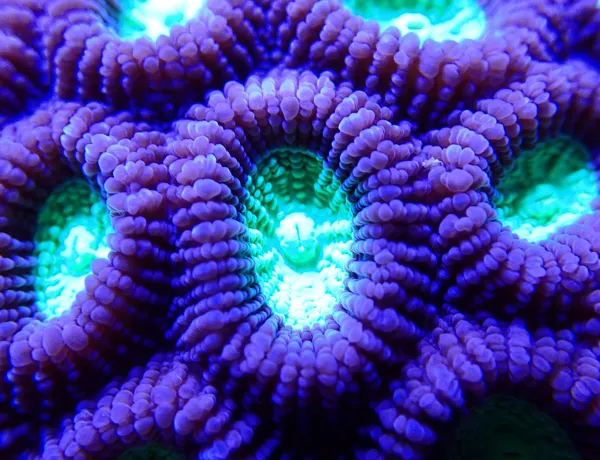
Favia Coral
Favia coral is a type of hard coral that looks a bit like a brain because of its bumpy, maze-like surface. That’s why people sometimes call it a “brain coral.” It comes in bright colours like green, brown, yellow, and even glowing shades!
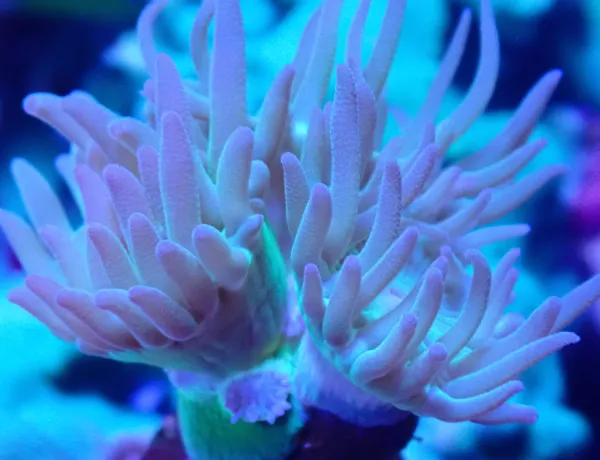
Duncanopsammia coral
Duncanopsammia, or Duncan coral, is a soft and friendly-looking coral that waves its tentacles like it's dancing underwater! It can be found in places like Australia & Indonesia. It can also catch tiny bits of food floating in the water with its tentacles.
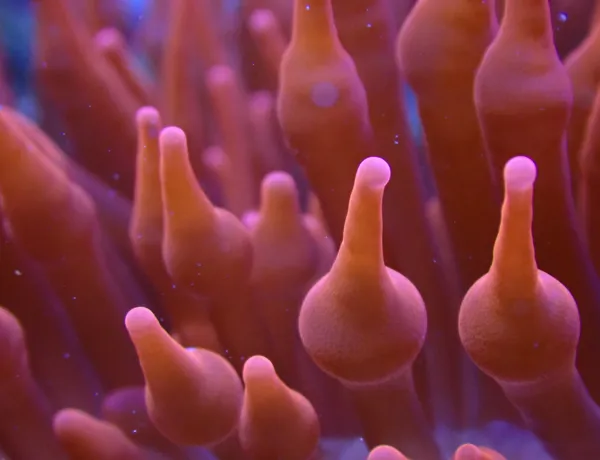
Bubble Tip Anemone
The Bubble Tip Anemone is a soft, squishy sea creature that looks like it has little bubbly fingers! It’s not a coral, but it’s a close ocean cousin. Their tentacles have bubble-like tips, which is how they got their name! Plus they are best friends with clownfish – clownfish live inside them and stay safe from predators.
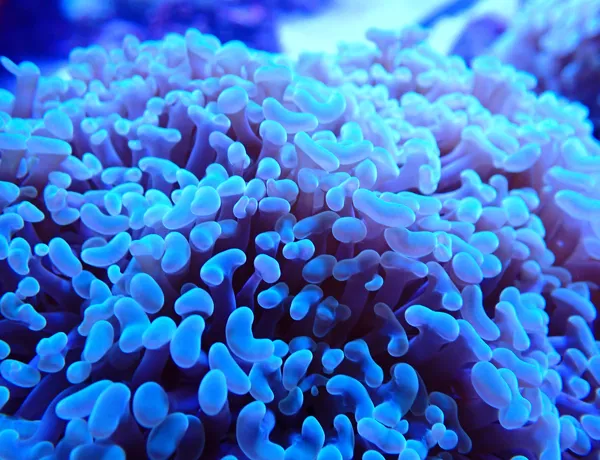
Euphyllia ancora Coral
Euphyllia ancora, or Hammer Coral, is a soft and wavy coral that looks like it has tiny hammer-shaped tentacles—how cool is that? It’s a favourite hiding spot for small reef creatures like shrimp and fish and comes in all bright colours such as green, pink and purple!

What are the benefits of coral reef ecosystems?
There are many benefits to coral reef ecosystems! Not only are they beautiful and full of life, coral reefs also provide coastal protection for infrastructure (by breaking waves before the shoreline), they are used in the development of human medicines and as a lucrative source of tourism for adjacent countries. But most importantly, coral reefs provide a habitat that feeds and raises over 1 million different aquatic species.
Coral-ly Awesome Facts
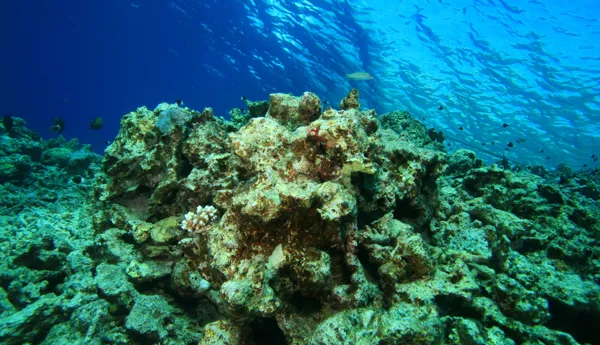
Sea Skeletons
Dead corals leave behind their hard calcium carbonate skeletons, which form the foundation of coral reefs but no longer support marine life.
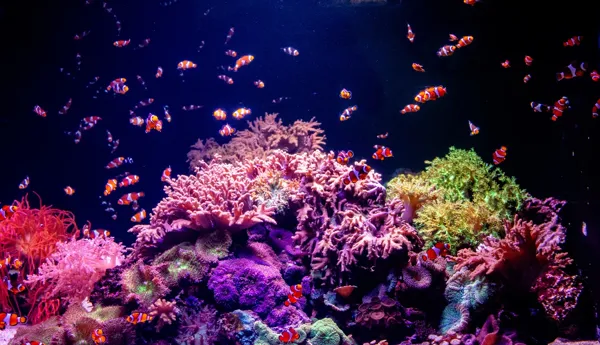
Ocean Buddies
Many corals rely on a symbiotic relationship with algae called zooxanthellae to get energy from sunlight.
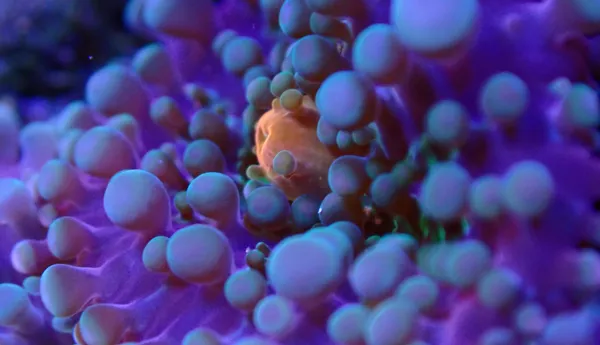
Family Friends!
Corals and anemones are closely related and both belong to the phylum Cnidaria.
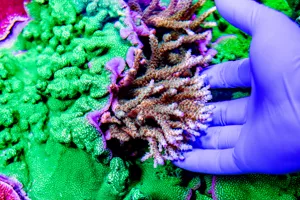
Coral Conservation
Discover more about the coral conservation work SEA LIFE is doing around the world.
Find out more
Fallen in love with Corals and Anemones and want to keep exploring? At SEA LIFE, you’ll get up close to hundreds of brightly coloured corals in their underwater kingdoms.
Find your local SEA LIFE centre today